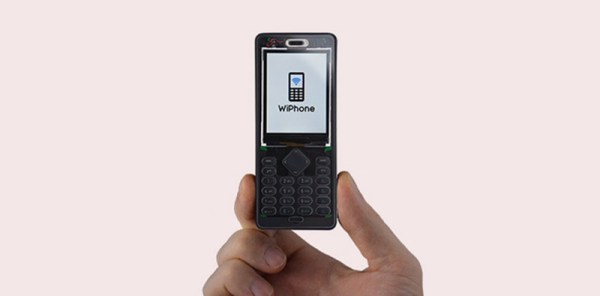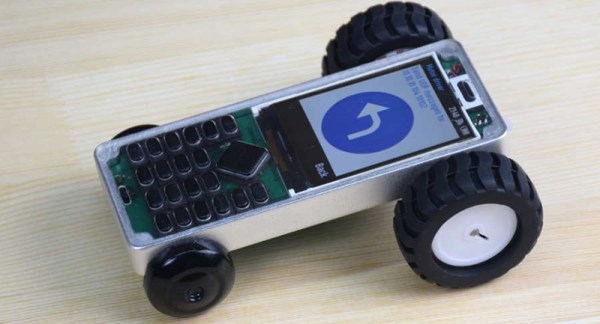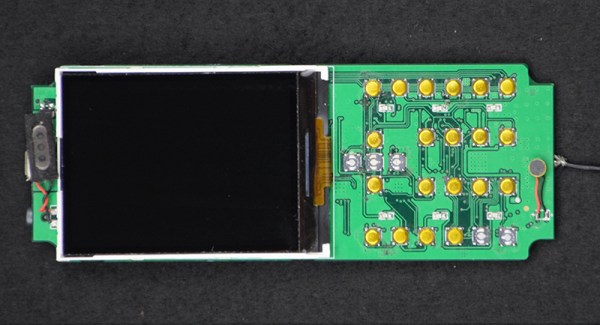Based on the WiFi / Bluetooth wunderchip, clad in a polycarbonate frame, and looking like something that would be an amazing cell phone for 2005, the WiPhone is now available on Kickstarter.
We’ve seen the WiPhone before, and it’s an interesting set of features for what is effectively an ESP32 board with some buttons and a screen. It’s become something of a platform, with expansion daughterboards for LTE, LoRa, a camera, a Bus Pirate, and a programmable NFC/RFID doohickey. If you’ve longed for the day of big ‘ol Nokia brick phones, want to hack your phone, but don’t really care about actually having cellular connectivity, this is something that’s right up your alley.
Although the WiPhone looks like a usable product that was designed by someone with a sense of design, it still is Open Source. You can build your own, and there are dozens of expansion boards that will plug into the back of the WiPhone for prototyping, experimentation, and RGB Gaming LEDs. There’s no cellular modem on the WiPhone, though; for calls you’ll have to turn to SIP or VoIP apps.
Considering how difficult it is to source a cellular modem in small quantities and the desire for a cell phone that respects your Right to Repair, we’ve got to hand it to the WiPhone for creating something people want. It gets even better when you consider this looks more like a product than the 3D printed pieces of electronic cruft we usually see, and we’re happy to see this crowdfunding campaign just passed its goal and is completely funded.














